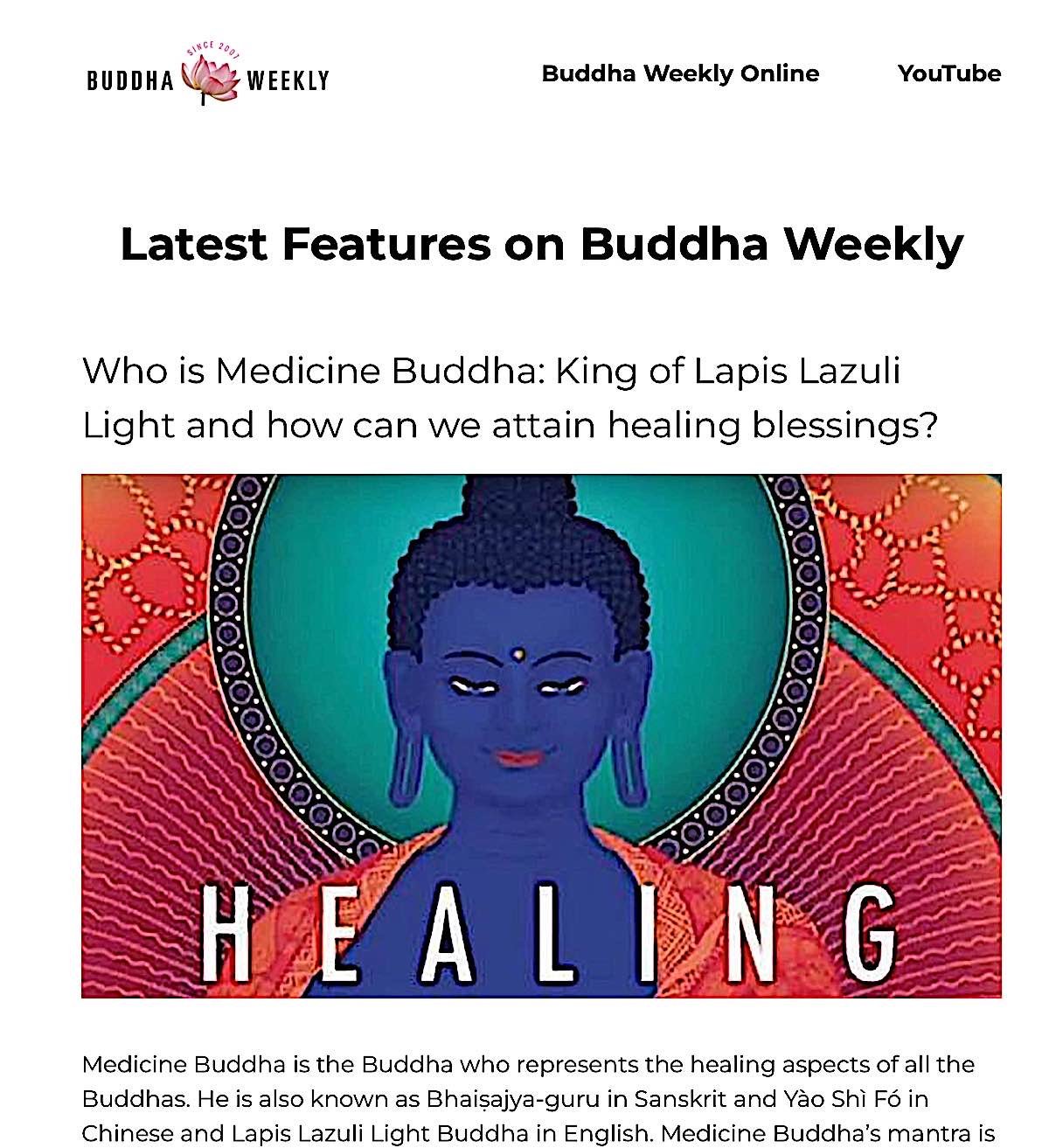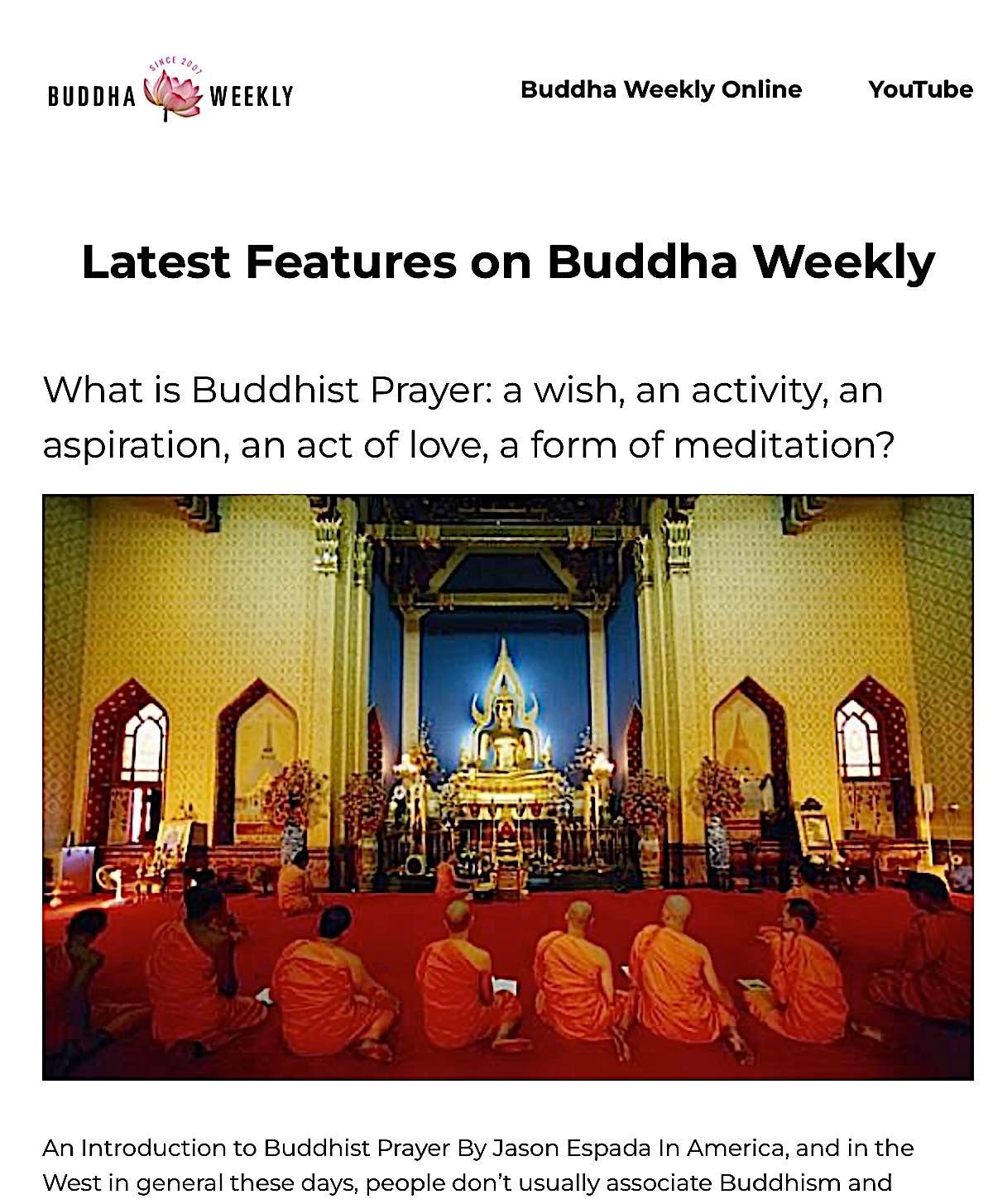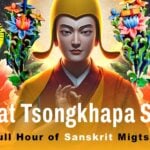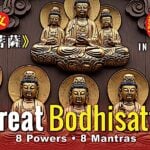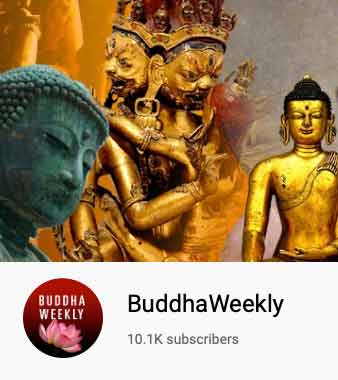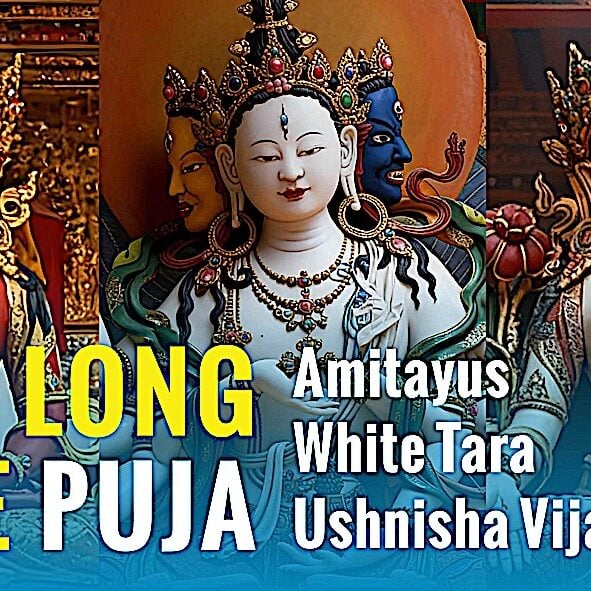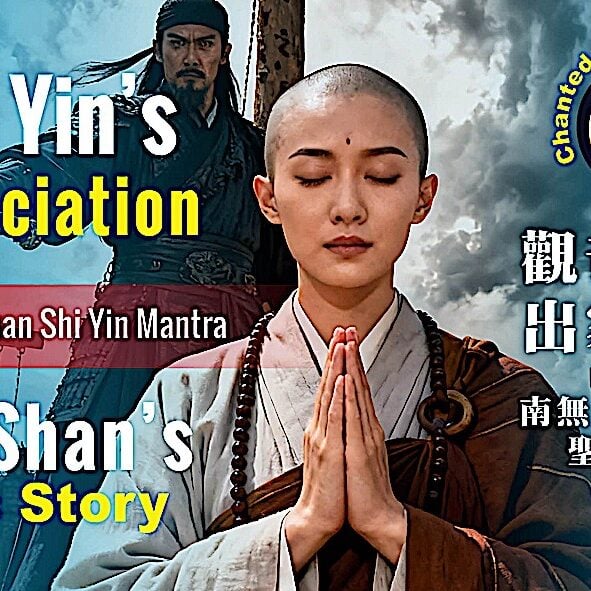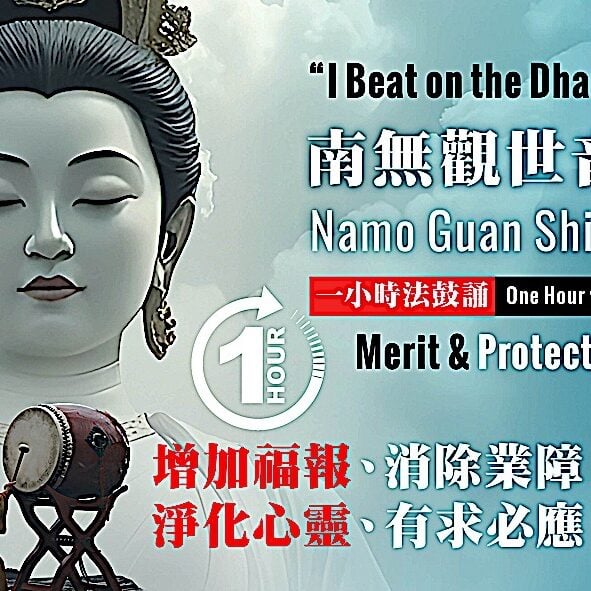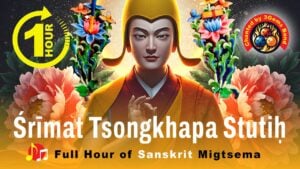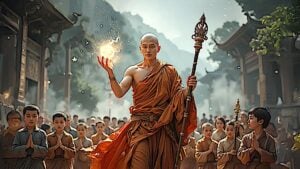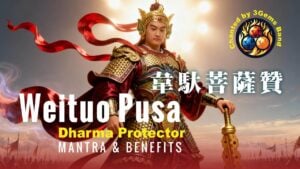Buddhist Practices for Pacifying War: Tārā and Hayagrīva by Siddhi Tangtong Gyelpo (WITH VIDEO)
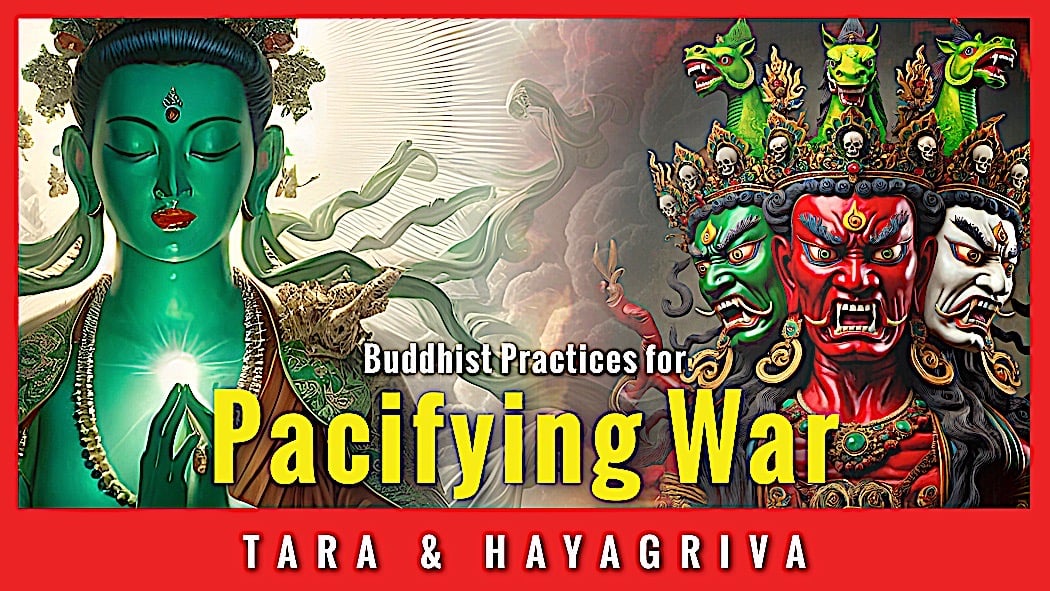
How can Mahayana Buddhist practices help pacify war?
Why is the combined practice of Hayagriva and Tārā so effective in averting fear and strife of war?
If these practices work, why is there still war in this world?
What prayers and practices are helpful? We answer these questions, and end with a practice of the great Siddhi Yogi Tangtong Gyelpo, requesting both Hayagriva Buddha and Tārā to pacify war.
Video:
Transcript: In history, it is difficult to find any period of prolonged peace and only two long periods of “relative peace.” Historians estimate only 200 years of relative peace out of 12,000 years since the last Ice Age, and since Hominins first began making stone tools 3.3 million years ago.
Although we may not be able to fully stop war and suffering, the Dharma certainly has methods to help pacify the causes and frequency of conflicts. The Dalai Lama put it this way:
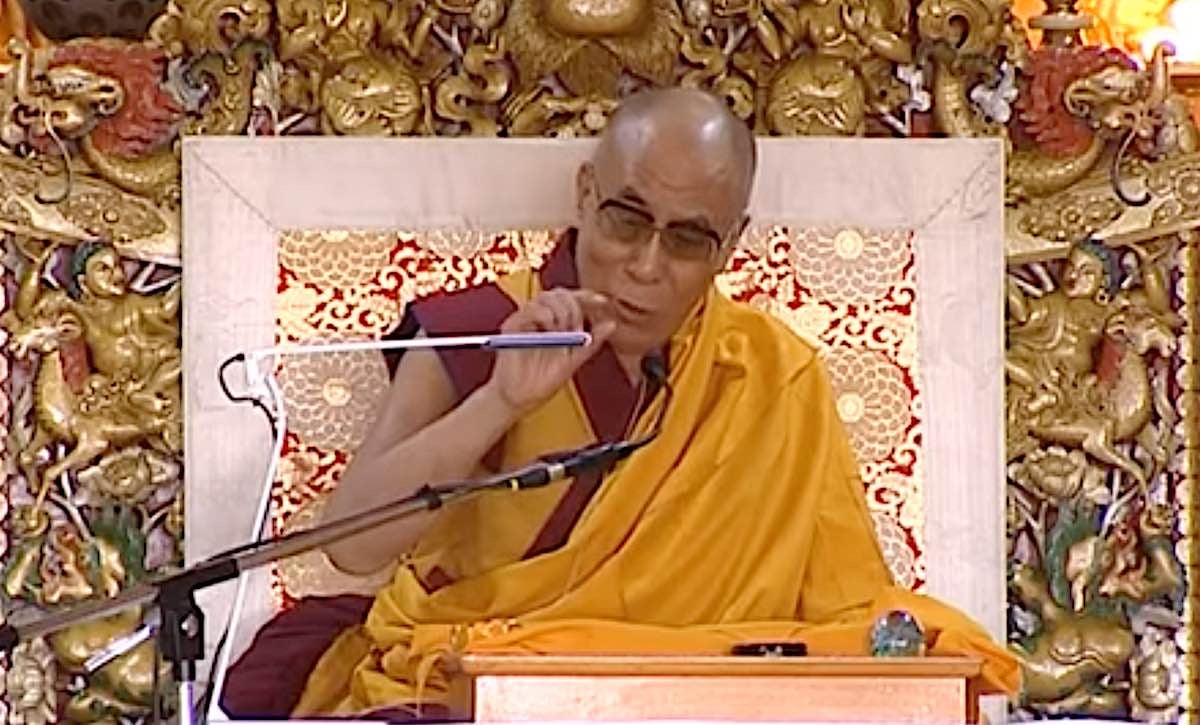
“Our world has become so interdependent that violent conflict between two countries inevitably impacts the rest of the world. War is out-dated – non-violence is the only way. We need to develop a sense of the oneness of humanity by considering other human beings as brothers and sisters. This is how we will build a more peaceful world.”
One of the most famous of practices for averting war, or protection in war, or pacifying war is the famous practice called “Truthful Words to Pacify War.” by Tangtong Gyalpo.
In the history of this practice, it’s effectiveness was explained this way:
“When war raged in Minyak, Kham, and it looked as if there was no end in sight, for no one was able to pacify the warring factions, the great yogin Tangtong Gyalpo arrived. He generated bodhicitta, and by merely reciting these verses and scattering flowers, quelled the anger and jealousy in the minds of the warring factions so that the conflict came to an end. All came to have bountiful harvests and enjoy prosperity, auspiciousness and peace.”
Not only did this practice pacify war in that region, it blessed those who had died to be immediately reborn in Hayagriva and Amitabha’s Pureland of Sukhavati. And, further, blesses the region to recover with bountiful harvests. It specifically exorcises any mischeveous elemental spirits who “enter the minds of beings and transform their hosts into warring titans.” In one short practice are multiple powerful activities: pacification, control, supression. and generosity.
What practice could possibly be this profound? It was nothing other than the practice of supplicating pacification of war from Green Tārā and Hayagriva.
Why is there War if These Practices Work?
Why is there war, then, despite our prayers and practices and good Dharma conduct? The answer, in Buddhist terms, is Karma. Karma leads to future consequences, karma-pala, “fruit of action.” If you don’t like the word karma, think of the well established physics principle of cause and effect.
This is karma in its most obvious form. You yell at someone, they’re likely to yell back at you. You cut someone off in an act of road rage, they’re likely to shake their fist and swear at you. Or, you open a door for someone carrying groceries, and they smile and say thank you.
Unfortunately, there is more than your own personal karma — and your past lives karma — at play in matters of war and country conflict. Nations and Cultures also have collective or group karma. For this reason, even though you might have personal good ripening karma, the country could be in conflict due to decades or even centuries of built up past-karma.
For this reason, purification of karma is a very important first remedy, and not only your own karma, but the karma that is ripening for your nation or area. Any practices involving purifying this negative karma includes Mother Tārā, who is the Mother of the Karma family.
The other main remedy for the causes of war is Dharma itself. The teachings of Buddha’s Eightfold Path and the Four Noble truths, to start with, are critical to placating the causes of war. They also prevent us from engaging in future conduct which would ripen into negative karma. Dharma Speech, in the form of Sutra and Dharma teachings is the main remedy for the poisons which motivate war and conflict.
Dharma Speech is the domain of Amitabha Buddha, the Padma family, who represent the Speech of all the Buddhas, or Dharma. Of these, the practice most treasured for issues of high conflict and war is the Padma Heruka himself, Hayagriva.
The wrathful form of Amitabha and Avalokiteshvara is the most powerful form of Dharma Speech. Dharma Speech, and teaching virtuous conduct, and in wrathful form, enforcing virtuous conduct with commitments, is the domain of Hayagriva Buddha.
His practices are also very immediate and helpful because, according to the Sutra of the Origin of Hayagriva, “the mandala of Hayagriva remains in our world.” While most Buddha mandalas are visualized in their own Purelands, the Hayagriva’s mandala remains here, in the sacred places of our very own Earth, protected by Dakinis and Dakas. See our linked feature on Hayagriva Buddha at the information icon.
The great yogin Tangtong Gyelpo, who lived 1385 to 1464, transmitted the practice for pacifying war, which combines Hayagriva and Tara practice. He was a famous Chod master, yogi and physician. He was a mind emanation of Padmasambhava, as well as the rebirth of Dolpopa Sherab Gyaltsen.
In commentary it was explained that Tārā and Hayagriva were the appropriate practices because both remain active in our world, and both are embodiments of Chi or Lungta or Prana, both the prana of our world, and of our personal bodies. Green Tārā’s color indicates her power over Prana. The neighing Green Horse Head arising from the crown of Hayagriva’s fierce head also indicates vital control of Windhorse, or lungta or Prana in our world. For a video on Windhorse and Qi, see our linked video.
This is most immediate. We each have Lungta or Prana in our bodies. It’s what sustains and strengthens us. This is Tārā and Hayagriva. The world has Prana and windhorse sustaining Her. For this reason, we are connected intimately to our world — and also to each other. This each other, includes the so-called enemies who attack us.
For this reason, there are two practices recommended by Yogi Tangtong Gyelpo, to help pacify war, strife and natural disasters. There are other great protectors and practices, but often these are of the mind or of the brain or of our commitments and promises. Tārā and Hayagriva help us in our physical needs, with activity, and wind and Prana in our lives.
For Hayagriva and Tārā, both can be practiced as frontal visualization without empowerment. If you have empowerment, your body, speech and mind are blessed by Guru and you’ll have permission to visualize yourself as the deity. If you do not have empowerment you always visualize the deity in front of you as a field of merit.
Tārā we visualize in the normal way as Green Tārā symbolizing Wind and Prana mother. She is the Mother of Prana and lungta or wind horse.
Hayagriva, who is none other than a form of Avalokiteshvara and Amitabha, has many forms — but it is important to think of these all as one Heruka Buddha. He is also called Padma Ishvara. He can appear in any form. He is both an emanation or form of Avalokiteshvara and Amitabha Buddha. One of his praises is:
“To the Dharma body of all conquerors of the Lotus Lineage, Vajra body of the Dharma Lord Amitabha, In a raging great form, emanating from Avalokiteshvara; Praise to Hayagriva, neighing like a horse.”
The horse is the symbol consistently seen with Hayagriva, representing the sound of Dharma in his neigh, and the wind of Prana in form.
He can also appear in specific ways for different practices. As Hayagriva Yang Sang, he appears with Heruka wings, usually with his consort blue Vajravarahi and with three faces. In this form he has the green face on his left, and the white face on his right. He has one green horse head.
In his other major form, Hayagriva Sang Drup, he stands solitary without his wings, with his katvanga staff representing Vajravarahi, standing on the eight Nagas, and his green face is instead on his right, and his white face on his left.
He also appears with two legs, two arms and one horse head, and both solitary and with his consort Vajravarahi. He also has a Black Hayagriva form, and other forms.
They are the same Heruka Buddha. The two-armed visualization is easier for most people. If you have empowerment, you visualize only as your teacher instructed.
At the end you can visualize windhorses, carrying your supplications and wishes to Tārā and Hayagriva. You can also visualize the blessing light of pacification and suppression returning from Hayagriva and Tārā and entering the hearts of all beings, instantly pacifying their anger, hate, jealousy, attachment, greed, and ignorance. Visualizing helps reinforce our communication of intention.
The mantra of Green Tārā, which is among the most profound and powerfully active of mantras is om tare tuttare ture svaha. With this mantra we have the eight protections from the eight fears and dangers. This is also the power of Lungta or Qi or Wind.
The mantra of Hayagriva is so profound and powerful that the great teacher Orgyen Tobgyal Rinpoche taught:
“The Powerful Heruka is Hayagriva. Every being that lives in this world has no choice but to follow Hayagriva’s command. He is more powerful than any other being; there is no one to equal or even compete with him. Hayagriva is the universal ruler of all that appears and exists. There is no one greater or more powerful than “the Powerful Heruka.”
This mantra is
oṃ hrih padman tatro vajra krodha hayagriva hulu hulu hūṃ phaṭ
Why is he the most “powerful?” Simply because he is the hero of Dharma Speech. Of the three jewels, Buddha, Dharma and Sangha the Dharma is always supreme, according to Buddha’s own teachings. Of the Three Vajras, which are Body, Speech and Mind, the Vajra Speech is the most important. This is Hayagriva in wrathful form, or Amitabha in peaceful form.
When we practice the two together, as a protection and to pacify or avoid violence or war, as always we take Refuge in the Three Jewels Buddha Dharma and Sangha and in Tara and Hayagriva who both embody all three Jewels. For frontal generation, the main mandatory requirement is the Bodhichitta Intention, or the intention to benefit all beings. Ideally make offerings and the seven limbs of practice and then recite the mantra with the Merit Field visualized in front of you.
The Merit field can be as simple as a standing one-faced red Hayagriva with two arms and a green horse head crown, usually to the right of Green Tārā. There are many ways to visualize both, since they are activity Buddhas of the wind or lungta, so they are not usually static. If you do have empowerment, however, visualize in the form your teacher instructed. There are many forms of both Hayagriva and Tara in all lineages. Both deities can appear in whatever form is most appealing to us.
Recitation of Truthful Words to Pacify War by Tangtong Gyalpo
Here begins the recitation, in English.
In Tārā, Hayagriva, and the Guru, and in the Buddha, Dharma, and Supreme Assembly, I take refuge until Enlightenment. By the merit of my generosity and other deeds, may I attain Buddhahood for the sake of all sentient beings.
In Tārā, Hayagriva, and the Guru, and in the Buddha, Dharma, and Supreme Assembly, I take refuge until Enlightenment. By the merit of my generosity and other deeds, may I attain Buddhahood for the sake of all sentient beings.
In Tārā, Hayagriva, and the Guru, and in the Buddha, Dharma, and Supreme Assembly, I take refuge until Enlightenment. By the merit of my generosity and other deeds, may I attain Buddhahood for the sake of all sentient beings.
In front of me instantly arises a blazing green Tām syllable on the Left and Red Hrih syllable on the right. By the light of the syllables, Venerable Tārā appears in the sky from the green Tām and Hayagriva appears from the Hrih syllable.
Namo Arya Tārāye. Namo Hayagrivaye. Namo Gurubye. Namo Buddhaya. Namo Dharmaya. Namo Sanghaya.
I prostrate with complete purity to Venerable Arya Tārā, Supreme Hayagriva, and all the Buddhas and Bodhisattvas who dwell in the ten directions and three times.
I offer real and imagined flowers, incense, butter lamps, scent, food, music, and so forth. Assembly of Arya Tārā and Hayagriva, please accept it.
I confess all my faults from beginningless time until now, committed with a mind under the sway of the afflictions, such as the ten nonvirtues.
I rejoice in whatever merit has been accumulated in the three times by Hearers, Solitary Realizers, Bodhisattvas, ordinary beings, and others.
Please turn the wheel of the Dharma according to the intentions and mental dispositions of sentient beings.
Until Samsara is emptied, please do not pass into Nirvana but look with compassion upon sentient beings that are drowning in the ocean of suffering.
May whatever merit I have accumulated become the cause of Enlightenment for the benefit of sentient beings.
May all beings have happiness and the causes of happiness. May they be free from suffering and the causes of suffering. May they not be separated from the sublime happiness that is free from suffering. May they rest in the great equanimity that is free of the duality of attachment and aversion.
Thus one gathers the accumulations through prostrating, offering, confessing, and generating the two types of bodhichitta of the preliminaries.
Now, while holding the visualization of Tārā, I recite the mantra of Tārā. As I recite, I see green light going out from the Tam at Tārā’s heart, blessing all beings in the entire universe, then returning and blessing my own body, speech and mind.
om tare tuttare ture svaha
Next, while holding the visualization of Hayagriva, I recite the mantra of Hayagriva. As I recite, I see red light going out from Hayagriva’s throat chakra, blessing all beings in the entire universe, and returning and blessing my own body, speech and mind.
oṃ padman tatro hrih vajra krodha hayagriva hulu hulu hūṃ paṭ
Ferocious king Hayagriva, Jetsün Tārā, and the rest, the mere sound of whose names dispels all fear — compassionate sources of refuge, I pray grant me heed.
In this time when individuals experience an oceanic surge of negative karma and jealousy, in the age of fivefold decadence and strife, as intense suffering, fighting and quarrelling oppress us, I pray burn it all in the fires of your compassionate wisdom.
Shower the nectar of love upon those who grow the flames of hatred. Bless them to recognize each other as parents, and thereby usher in auspiciousness and happiness.
May the mischievous elemental spirits, that enter the minds of beings, and transform their hosts into warring titans, never hold sway again.
May all who have died in battles, fighting and wars, immediately give up their indulgence in destructive action, cause and effect. And, having taken birth in the pure realm of Sukhāvati, lead all to that same buddha realm.
May all beings have long, healthy lives, be free of quarrels and strife, live according to the ten virtues, and experience timely rains and bountiful harvests. And, may the auspiciousness of the environment and beings increase exponentially.
May these pure, vast prayers be accomplished!
Now I visualize the Green Windhorse carrying our supplications, prayers, wishes and merit to Arya Tara.
Arya Tara who beams with emerald green light, by pacifying all unwanted circumstances, and accomplishing all the aims with auspicious glory, I request you, generate the windhorse of acting on a space-like scale.
Next, I visualize a Red Windhorse carrying our supplications to Supreme Hayagriva.
Supreme Hayagriva, fierce and majestic, beam forth with ruby red light to defeat the evil designs of humans and non-human spirits, and vanquish all the foes of the Dharma to protect the practitioners. Bring the whole apparent world under control and generate the windhorse of magnetizing the triple world!
oṃ ye dharmā hetu prabhāvā hetuṃ teṣāṃ tathāgato hyavadat | teṣāṃ ca yo nirodha evaṃ vādī mahāśramaṇaḥ svāhā
We dedicate the merit of this practice to the cause for peace and prosperity for all sentient beings, and the ultimate cause of Enlightenment.
More articles by this author
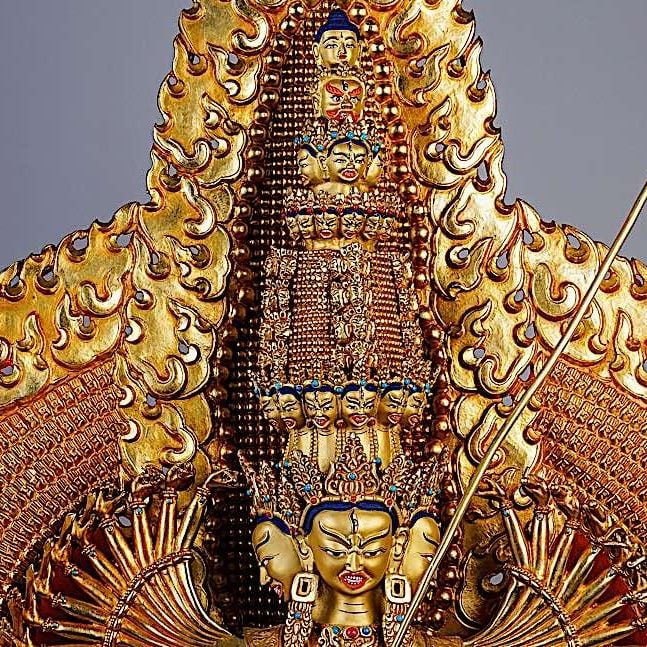
Sitatapatra or Dukkar — the ultimate protective Bodhisattva Goddess, form of Mother Tara — 1000 arms or 2 arms, she is “Aparajita” the Undefeatable One
Search
Latest Features
Please support the "Spread the Dharma" mission as one of our heroic Dharma Supporting Members, or with a one-time donation.
Please Help Support the “Spread the Dharma” Mission!
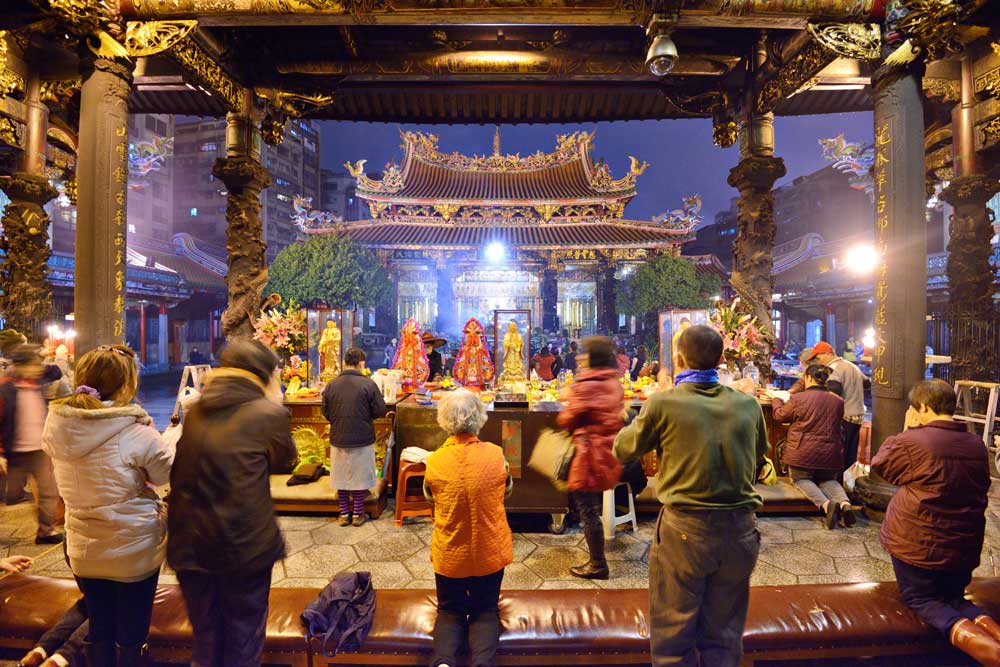
Be a part of the noble mission as a supporting member or a patron, or a volunteer contributor of content.
The power of Dharma to help sentient beings, in part, lies in ensuring access to Buddha’s precious Dharma — the mission of Buddha Weekly. We can’t do it without you!
A non-profit association since 2007, Buddha Weekly published many feature articles, videos, and, podcasts. Please consider supporting the mission to preserve and “Spread the Dharma." Your support as either a patron or a supporting member helps defray the high costs of producing quality Dharma content. Thank you! Learn more here, or become one of our super karma heroes on Patreon.
Lee Kane
Author | Buddha Weekly
Lee Kane is the editor of Buddha Weekly, since 2007. His main focuses as a writer are mindfulness techniques, meditation, Dharma and Sutra commentaries, Buddhist practices, international perspectives and traditions, Vajrayana, Mahayana, Zen. He also covers various events.
Lee also contributes as a writer to various other online magazines and blogs.
